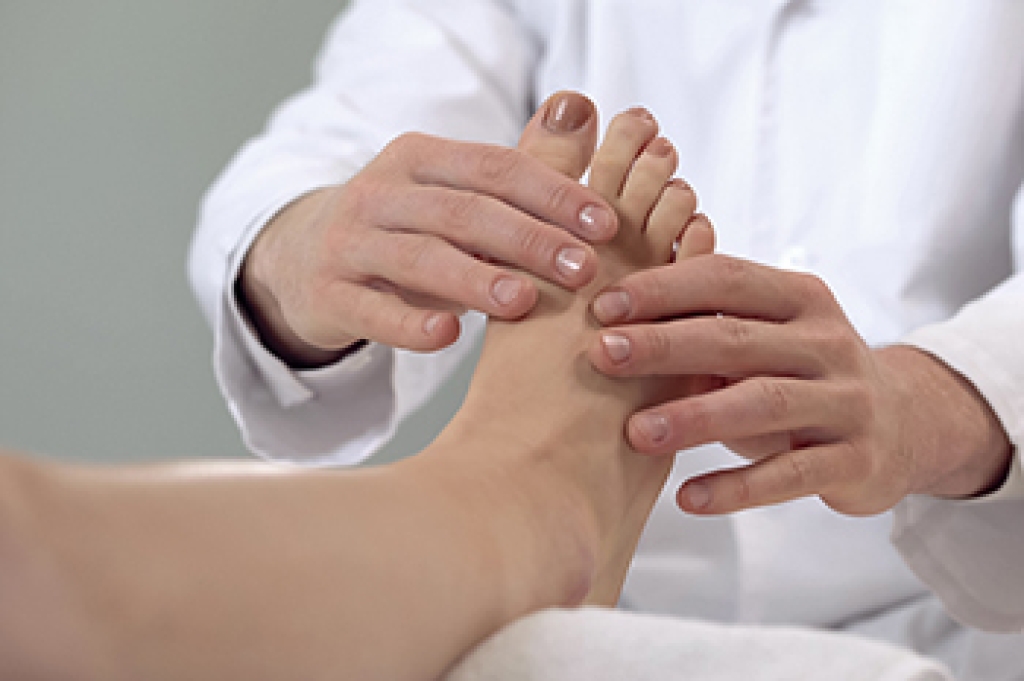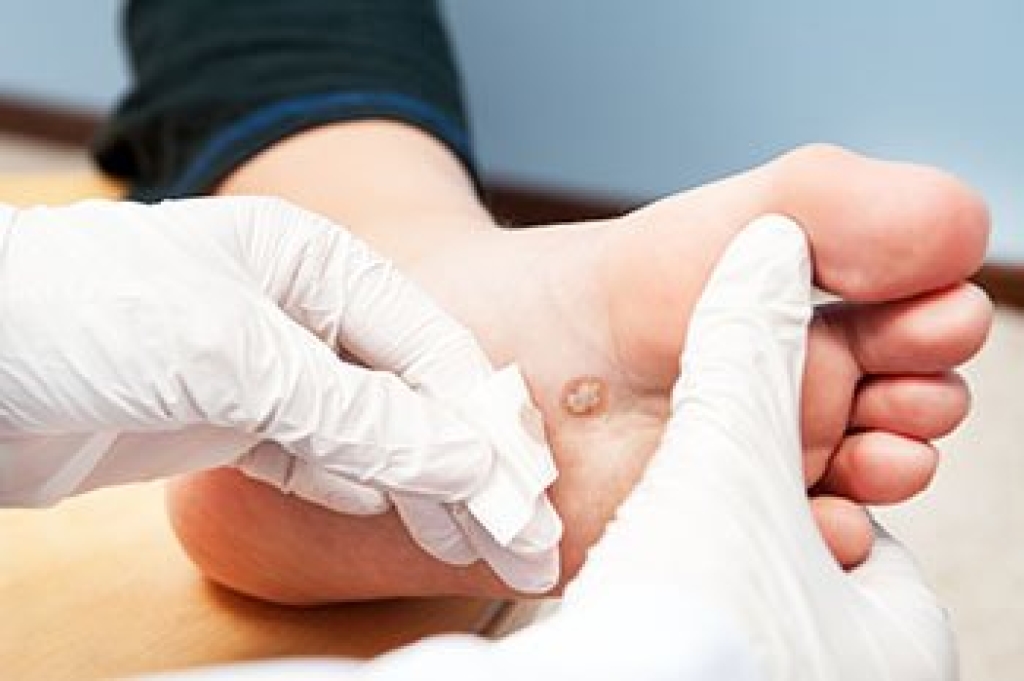
Diabetic foot problems are a serious concern that can affect circulation, nerve function, and skin integrity, often leading to complications, if not addressed promptly. Symptoms include numbness, burning sensations, or slow-healing wounds, and the foot may look dry, discolored, or develop calluses and ulcers. It may feel heavy, sensitive, or painful, particularly with pressure or minor injuries that often go unnoticed due to reduced sensation. Causes are typically linked to high blood sugar levels damaging nerves and blood vessels, poor circulation, and biomechanical stress. A podiatrist can begin with a thorough foot examination, assessing circulation, nerve function, and skin condition while identifying risk factors. Treatment may include wound care, footwear recommendations, and strategies to improve circulation and prevent future complications. Because early intervention preserves foot health and prevents serious issues, it is suggested that you are under the care of a podiatrist who can help you to manage this condition.
Diabetic foot care is important in preventing foot ailments such as ulcers. If you are suffering from diabetes or have any other concerns about your feet, contact one of our doctors from Favor Foot Ankle Leg & Wound Center. Our doctors can provide the care you need to keep you pain-free and on your feet.
Diabetic Foot Care
Diabetes affects millions of people every year. The condition can damage blood vessels in many parts of the body, especially the feet. Because of this, taking care of your feet is essential if you have diabetes, and having a podiatrist help monitor your foot health is highly recommended.
The Importance of Caring for Your Feet
- Routinely inspect your feet for bruises or sores.
- Wear socks that fit your feet comfortably.
- Wear comfortable shoes that provide adequate support.
Patients with diabetes should have their doctor monitor their blood levels, as blood sugar levels play such a huge role in diabetic care. Monitoring these levels on a regular basis is highly advised.
It is always best to inform your healthcare professional of any concerns you may have regarding your feet, especially for diabetic patients. Early treatment and routine foot examinations are keys to maintaining proper health, especially because severe complications can arise if proper treatment is not applied.
If you have any questions, please feel free to contact our office located in South Amboy, NJ . We offer the newest diagnostic and treatment technologies for all your foot care needs.




